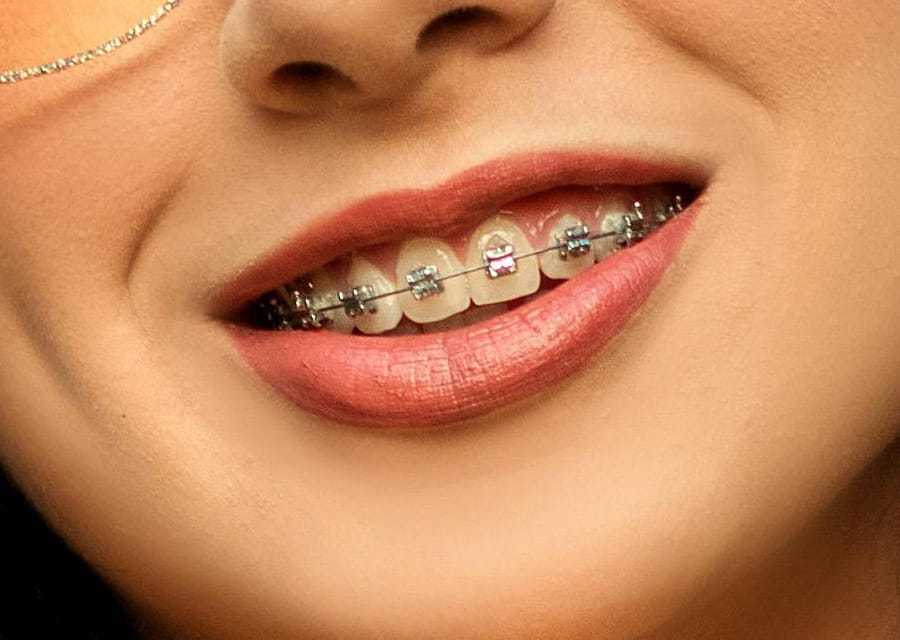
Fluorosis is a dental condition caused by excessive fluoride intake during tooth development. It primarily affects children under the age of eight, as their teeth are still forming. The condition is often characterized by discoloration and surface irregularities on the teeth. While mild cases are mostly aesthetic, severe fluorosis can impact both appearance and function. Understanding fluorosis and its treatments is essential for maintaining oral health and confidence.
What Causes Fluorosis?
Fluorosis occurs when there is prolonged exposure to high levels of fluoride during the early stages of tooth development. Common sources include:
-
Fluoridated Water: Consuming water with excessive fluoride levels.
-
Fluoride Toothpaste: Swallowing toothpaste, especially by young children.
-
Supplements: Overuse of fluoride tablets or drops without proper guidance.
The excess fluoride interferes with the enamel-forming cells, leading to the formation of porous and discolored enamel.
Signs and Symptoms of Fluorosis
Mild Fluorosis
-
White streaks or spots on the teeth.
-
No impact on tooth structure or function.
Moderate Fluorosis
-
Brown or yellow stains.
-
Slight surface irregularities.
Severe Fluorosis
-
Dark discoloration.
-
Pitted and rough enamel.
-
Increased risk of decay due to weakened enamel.
Diagnosing Fluorosis
Dentists diagnose fluorosis based on visual examination and patient history. The condition’s severity is assessed to determine the most appropriate treatment.
Treatment Options for Fluorosis
1. Microabrasion
This technique removes a thin layer of enamel to reduce discoloration. It works well for mild to moderate cases, revealing a brighter surface underneath.
2. Teeth Whitening
Professional bleaching treatments can lighten stains, improving the overall appearance of affected teeth. It is most effective for mild fluorosis.
3. Dental Bonding
In this procedure, tooth-colored resin is applied to cover discoloration and fill in surface irregularities. It offers a quick and cost-effective solution.
4. Porcelain Veneers
Veneers are thin shells that cover the front surface of teeth. They are ideal for moderate to severe fluorosis, providing a durable and aesthetic result.
5. Crowns
For severely damaged teeth, crowns restore both function and appearance. They encase the entire tooth, protecting it from further damage.
Preventing Fluorosis
Prevention begins with controlling fluoride exposure:
-
Monitor fluoride levels in drinking water.
-
Supervise children’s use of toothpaste, ensuring they use a pea-sized amount and avoid swallowing.
-
Use fluoride supplements only if recommended by a dentist.
-
Encourage balanced nutrition to support healthy enamel development.
Living with Fluorosis
For many, fluorosis is a manageable condition. Early diagnosis and proper treatment can restore the appearance of teeth and boost confidence. Open communication with your dentist ensures the right care plan is in place.
Conclusion
Fluorosis is a preventable and treatable condition. By understanding its causes, symptoms and treatments, you can take steps to protect your oral health. Whether through prevention or professional care, addressing fluorosis helps maintain a bright, healthy smile.
To schedule an appointment at ‘Sukumar Dental Clinic’ call +91-7418210108 or WhatsApp Dr. Sukumar at +91-9655225002. We take pride in having the top dental clinic in Palayamkottai, Tirunelveli. Alternatively, you can email us at info@sukumardental.com


